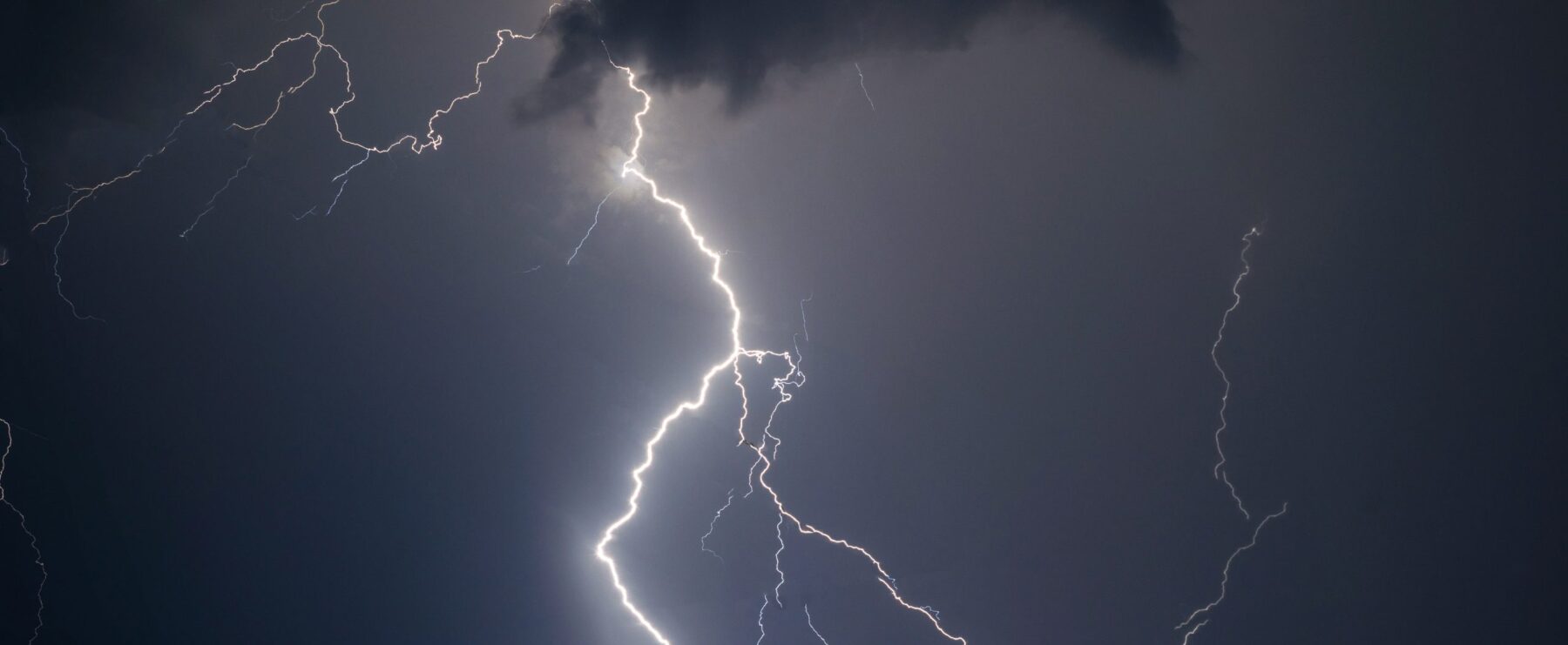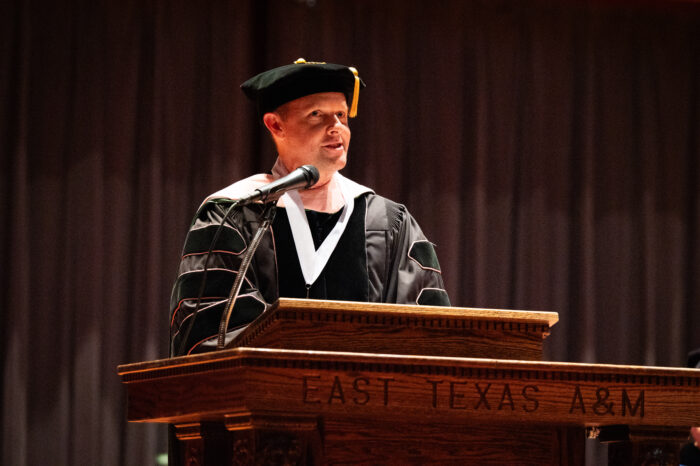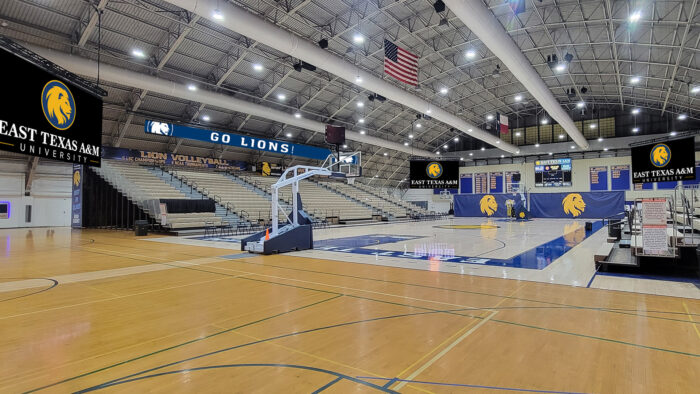
Understanding the Difference: Lightning vs. Tornado Alarms at Texas A&M-Commerce
Do you know the difference between a lightning alarm and a tornado alarm when they sound off on the A&M-Commerce campus?
Andrew Resk, Emergency Management Program Manager at A&M-Commerce, said understanding the difference between the two signals is vital for the safety of both the university community and nearby residents. Resk explained that the lightning alarm sounds like an air horn, which is distinct from the tornado alarm's siren sound.
Read on to learn more about the two potentially life-saving alerts.
LIGHTNING ALERT
The university recently installed a new lightning alert system on its main campus. The new Perry Weather system replaces an older lightning alert system previously in operation on the campus. Through the new system, an alarm will sound when lightning is detected within ten miles of campus.
What does it sound like?
The lightning alarm is a loud, 15-second air horn sound. When conditions are deemed safe, the “all clear” will sound. The “all clear” consists of three short air horn blasts that are each five seconds in length.
What does it mean?
The lightning alarm informs the campus community, including the university's farm on Highway 24, that lightning has been detected within ten miles of campus.
Who can hear the alarm?
While the lightning alarm may be heard in some off-campus areas, the alarm is intended to broadcast across the university campus only.
How is it activated?
The lightning alert system uses sensors to detect lightning and automatically sounds an air horn blast.
What should I do when I hear the alarm?
When you hear a lightning alarm, immediately go indoors until the all-clear alarm sounds. The alert is helpful for people who are outside on campus, including students, faculty and staff who are walking to class, working on the farm, attending athletics events, performing maintenance and more.
TORNADO ALERT
What does it sound like?
The tornado alarm consists of a loud, three-minute siren that has only one sound and will NOT give an all-clear sound after the danger has passed.
What does it mean?
The tornado alarm was installed to alert residents of Commerce and the A&M-Commerce campus community that a tornado has been sighted, or conditions are favorable for tornado formation.
Who can hear the alarm?
The tornado alarm is designed to be heard by most people who are outdoors, either on campus or within the Commerce city limits.
How is it activated?
The dispatchers at the Commerce Police Department or the A&M-Commerce Police Department manually activate the tornado siren.
What should I do when I hear the alarm?
When you hear the tornado warning siren, you should take shelter immediately in a sturdy structure.
When is it tested?
The tornado siren is tested on the first Wednesday of every month. The tornado warning sirens will automatically be activated on that day at noon. The monthly tests are conducted to test the sirens’ operation and familiarize the citizens with the sound of the siren.
LION SAFE APP
Information on severe weather may also be accessed on the Lion Safe app, the university's official safety app. The app sends essential safety alerts and provides instant access to campus safety resources.
All students, faculty and staff are highly encouraged to download the Lion Safe app.
Within the app, weather alerts will appear at the top of the page. Lightning alert information may be accessed by selecting “Safety Toolbox” and “Lightning Radar.”
By staying aware and prepared, the Texas A&M-Commerce community can better protect itself from weather-related dangers.
Featured Photo: Adobe Stock
More Public
View All Public
Newest Regents Professor Honored at Annual Convocation
East Texas A&M University Regents Professor of Music Dr. Brian Zator was officially recognized for his outstanding achievement at the university's annual Spring convocation.

East Texas A&M Installs State-of-the-Art Video Boards in the Field House
East Texas A&M University enhanced the in-venue experience inside the Hunt Regional Healthcare Court in the Field House this spring by installing four videoboards and two ribbon boards.

Fuseini Selected as SLC Men’s Track Athlete of the Week for Third Time in 2025
East Texas A&M University track and field sprinter Ibrahim Fuseini has been named the Southland Conference Men's Track Athlete of the Week.


